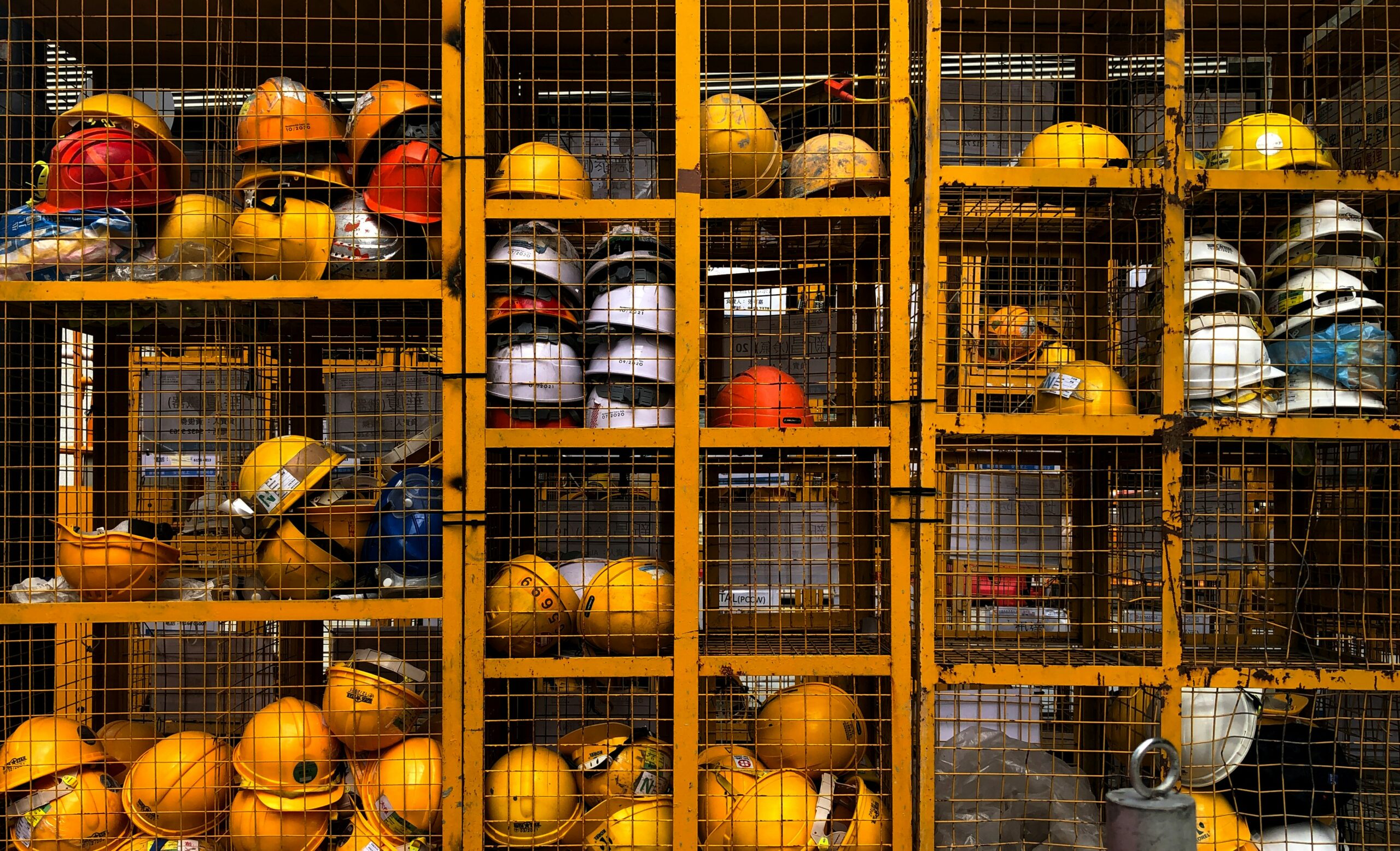
The safety equipment market has witnessed significant growth in recent years, driven by increasing concerns about workplace safety, government regulations, and growing awareness about personal protection. As industries such as manufacturing, construction, and healthcare continue to expand, the demand for safety gear is expected to remain strong. This growth has, in turn, led to fierce competition among manufacturers, who are striving to maintain market leadership and provide innovative, high-quality products. In this article, we will explore the key drivers of the safety equipment market, examine the factors that contribute to market leadership, and look at how companies are positioning themselves for success.
Key Drivers of the Safety Equipment Market
The rising global focus on workplace safety is one of the main factors fueling the safety equipment market’s expansion. Governments across the world have imposed stricter regulations that mandate the use of personal protective equipment (PPE) to minimize workplace injuries. These regulations are essential to creating safer work environments, particularly in high-risk sectors like construction, manufacturing, and mining. For instance, laws such as OSHA’s (Occupational Safety and Health Administration) standards in the United States and similar regulations globally ensure compliance and push for the adoption of safety measures.
In addition to regulations, a growing awareness of the need for personal protection is helping to drive market growth. Employees are becoming more conscious of their well-being, and as a result, businesses are investing in better protective gear. From helmets and gloves to safety harnesses and respirators, companies are recognizing the need to safeguard their workforce against potential hazards. Furthermore, consumer demand for safety equipment is no longer limited to industrial sectors; home improvement and outdoor sports industries are also showing a surge in demand for high-quality safety gear.
Factors Contributing to Market Leadership
To achieve leadership in the safety equipment market, companies must focus on several key elements. One of the most important is product innovation. As the market becomes more competitive, manufacturers must continuously improve the functionality, comfort, and durability of their safety products. For example, new materials such as lightweight composites or advanced textiles can provide increased protection without sacrificing comfort. Companies that invest in research and development (R&D) to improve their products are better positioned to meet the evolving needs of consumers and stay ahead of competitors.
Moreover, effective distribution channels play a crucial role in a company’s market position. Building a strong supply chain and forming strategic partnerships with distributors ensures that safety products reach customers quickly and efficiently. Companies that establish a global presence and expand their distribution networks will have a significant edge in the market. This is particularly important in regions with developing industries, where there is a growing need for safety equipment but limited access to high-quality products.
Strategies for Maintaining Leadership in a Competitive Market
In today’s competitive landscape, companies must adopt proactive strategies to maintain their leadership position. One such strategy is embracing sustainability. As environmental concerns become more prevalent, there is increasing pressure on businesses to produce eco-friendly safety equipment. Companies that prioritize sustainability in their manufacturing processes and product design are likely to appeal to environmentally-conscious consumers and businesses. This not only helps to attract a broader customer base but also ensures compliance with environmental regulations.
Another strategy is the adoption of digital technologies. From smart helmets equipped with sensors that monitor a worker’s health to wearables that track safety data, integrating technology into safety equipment has the potential to revolutionize the industry. Companies that incorporate these innovations into their products can offer enhanced protection, provide real-time data, and ultimately, improve overall workplace safety. By focusing on such technological advancements, market leaders can stay ahead of trends and differentiate themselves in a crowded market.
Challenges and Opportunities in the Safety Equipment Market
Despite the significant growth, the safety equipment market faces several challenges. High production costs, particularly for advanced protective gear, can limit the affordability of products. Additionally, market saturation in certain regions may make it difficult for new entrants to establish themselves. However, these challenges also present opportunities for market leaders to expand into emerging economies, where industrialization is booming, and safety regulations are becoming more stringent.
Additionally, companies that prioritize education and training can turn these challenges into opportunities. Educating consumers and businesses about the importance of safety equipment and providing proper training on its use can help to drive demand further. By addressing the skills gap and promoting safe practices in the workplace, businesses can create long-term relationships with customers and foster loyalty. This will not only enhance the reputation of companies but also contribute to safer working conditions globally.
The Future of the Safety Equipment Market
The future of the safety equipment market looks bright, with continued growth driven by innovation, government regulations, and consumer demand. As industries evolve and new challenges arise, the demand for safety gear will only increase. Companies that remain focused on delivering high-quality, reliable products while embracing new technologies and sustainable practices will continue to lead the market. By adapting to changing consumer preferences and market conditions, these companies will play a pivotal role in shaping the future of workplace safety. With this strategic approach, the safety equipment market is poised to thrive well into the future.